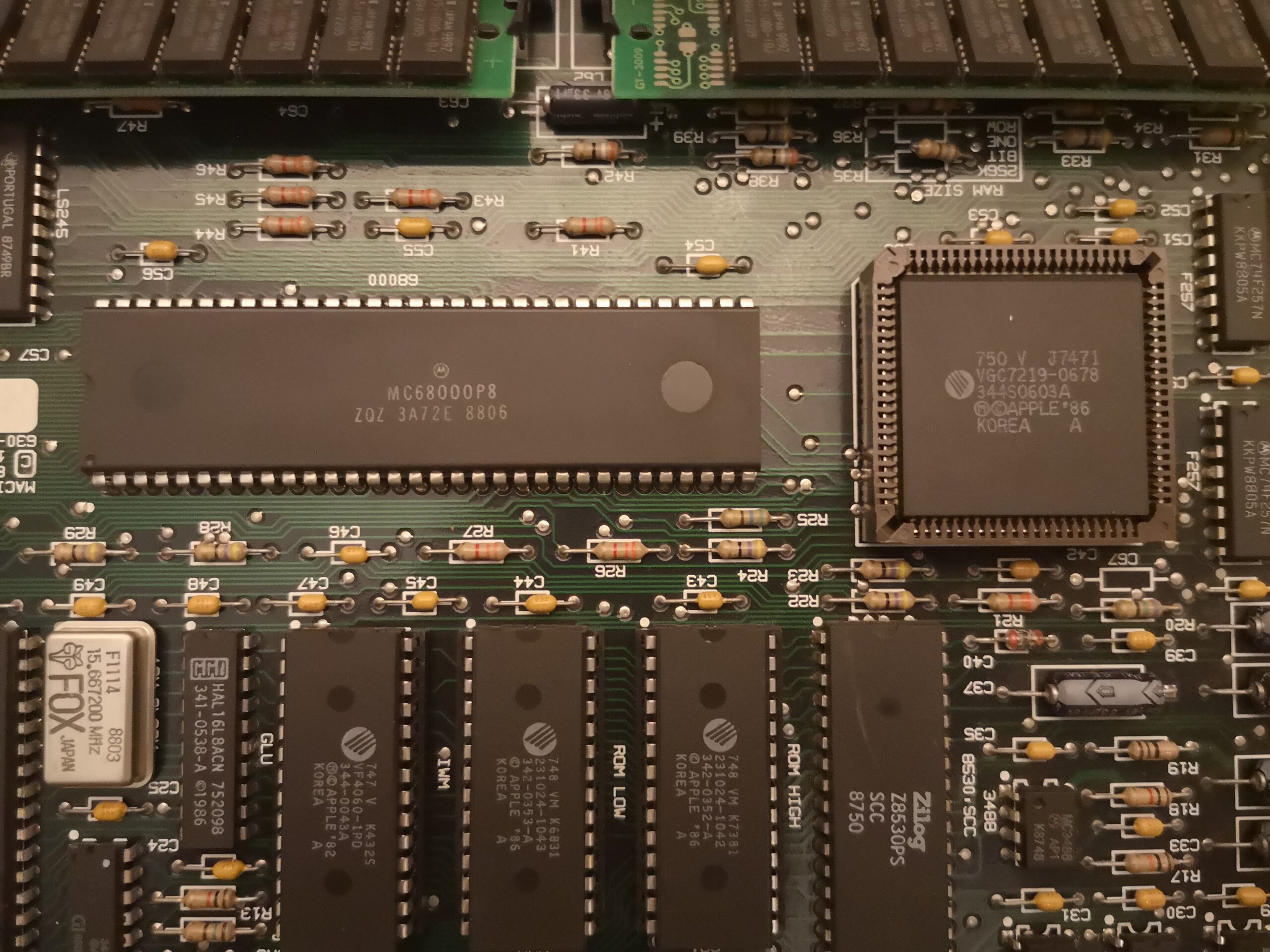I don't believe anyone is complaining about 24-bit addressing mode lacking the overclock. People who haven't tried it yet are just curious. And that's why I strongly encourage everyone to give it a try to see how great it is. And while Mustermann did kick off the project, you brought it to full completion, @phipli. Without your incredible work on the software, most people wouldn't be able to enjoy it at all.
So when people ask, I answer in a matter-of-fact way. It's a fact the overclock doesn't work in 24-bit mode. The reason is nice to know, I guess, but it doesn't really matter. For as you just said, the only thing that really NEEDS 24-bit mode is the IIe Card, and most people don't have one of those. System 6 also needs it, but I can't run System 6 on my LC575 board. Not sure about the 475, but even if you could run System 6, it's written in assembly language and flies even on processors with low clock speeds. Besides, a lot of the games you'd want to run with a very high clock speed only work on System 7 anyway, and they need RAM too, so you'd want 32-bit addressing ON for them.
But in terms of compensation, I do apologize for my oversight...
Folks, you can Donate to @phipli via his website here:

 elephantandchicken.co.uk
elephantandchicken.co.uk
I donated just now. And I don't say that to seek praise. I'm happy to support your work and hope my donation will inspire others to respond in kind.
So when people ask, I answer in a matter-of-fact way. It's a fact the overclock doesn't work in 24-bit mode. The reason is nice to know, I guess, but it doesn't really matter. For as you just said, the only thing that really NEEDS 24-bit mode is the IIe Card, and most people don't have one of those. System 6 also needs it, but I can't run System 6 on my LC575 board. Not sure about the 475, but even if you could run System 6, it's written in assembly language and flies even on processors with low clock speeds. Besides, a lot of the games you'd want to run with a very high clock speed only work on System 7 anyway, and they need RAM too, so you'd want 32-bit addressing ON for them.
But in terms of compensation, I do apologize for my oversight...
Folks, you can Donate to @phipli via his website here:

Donate
If you wish to show your appreciation for anything on this website, a donation towards the running costs would be hugely appreciated. Feel free to use the feedback field in the donation process to …
 elephantandchicken.co.uk
elephantandchicken.co.uk
I donated just now. And I don't say that to seek praise. I'm happy to support your work and hope my donation will inspire others to respond in kind.
